Books set in Munich
Ink on the Isar: A Literary Journey Through Munich
Munich might be best known for beer gardens and baroque palaces, but it’s also a city shaped by stories. From the salons of Thomas Mann to the poetry of Rilke, and the bold voice of Oskar Maria Graf, literature has long had a home here. Writers have walked its streets, debated in its cafes, and captured its contradictions on the page—from quiet corners in Schwabing to the heart of the old town.
Whether you’re following the trail of your favourite novelist or looking for things to do in Munich for book lovers, this guide opens the door to the city’s literary side. Visit Literaturhaus Munich, track down monuments tucked into courtyards and coffee houses, and discover how words continue to leave their mark on this vibrant cultural capital.
Munich fiction
Greg Baxter
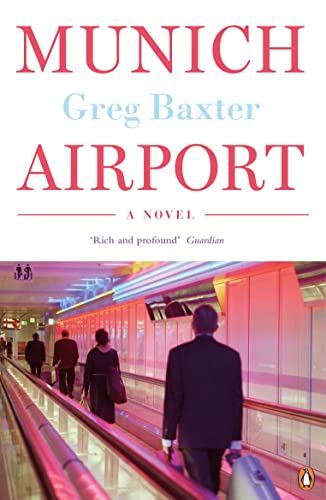
Munich Airport

Oliver Bottini
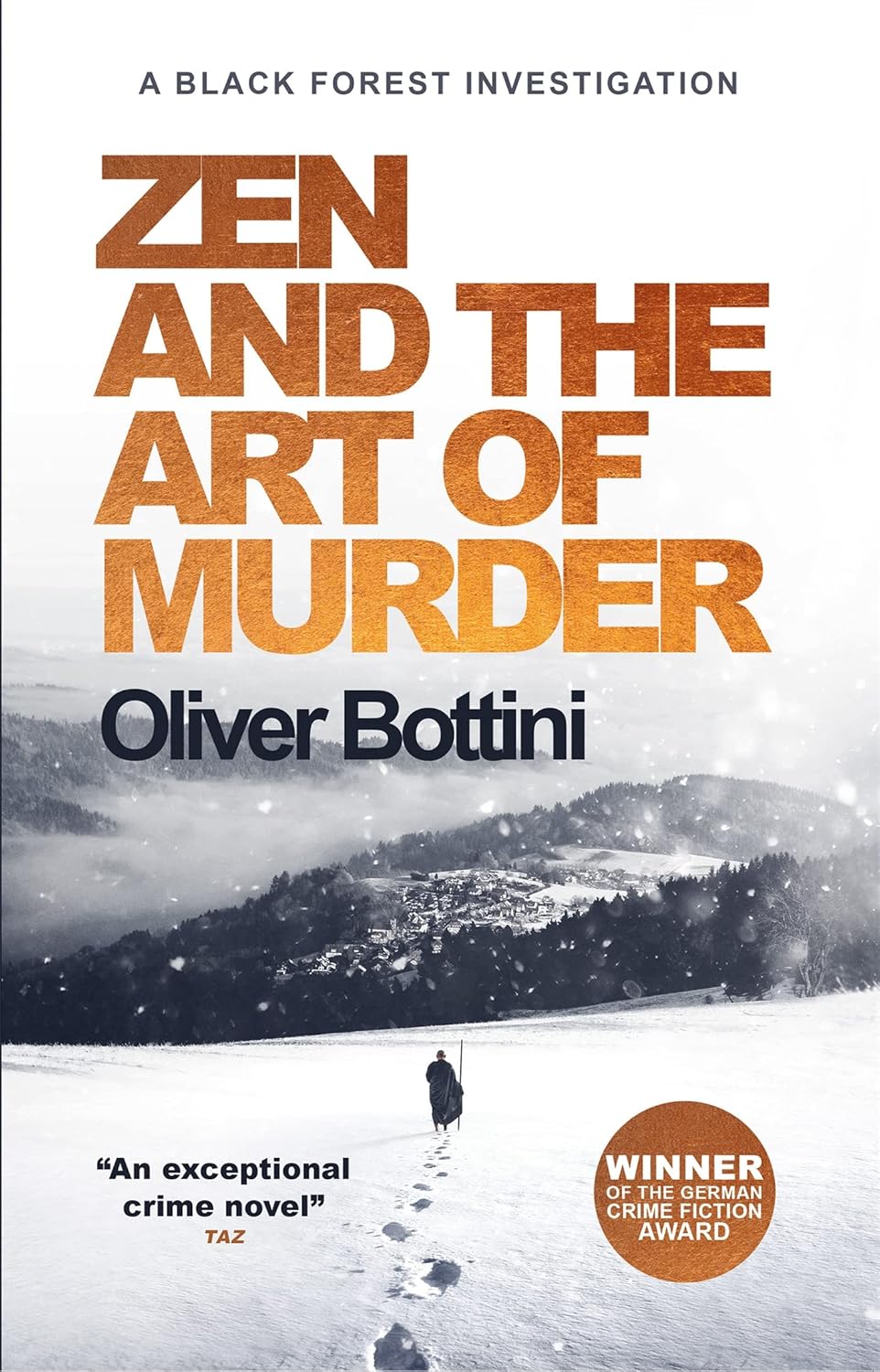
Zen and the Art of Murder


A Summer of Murder

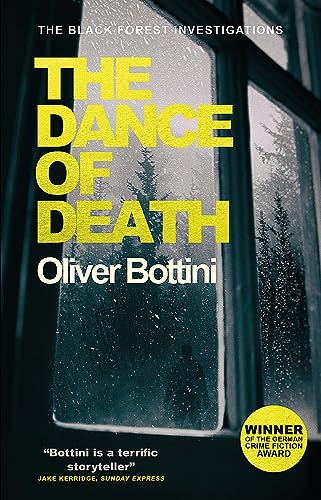
The Dance of Death

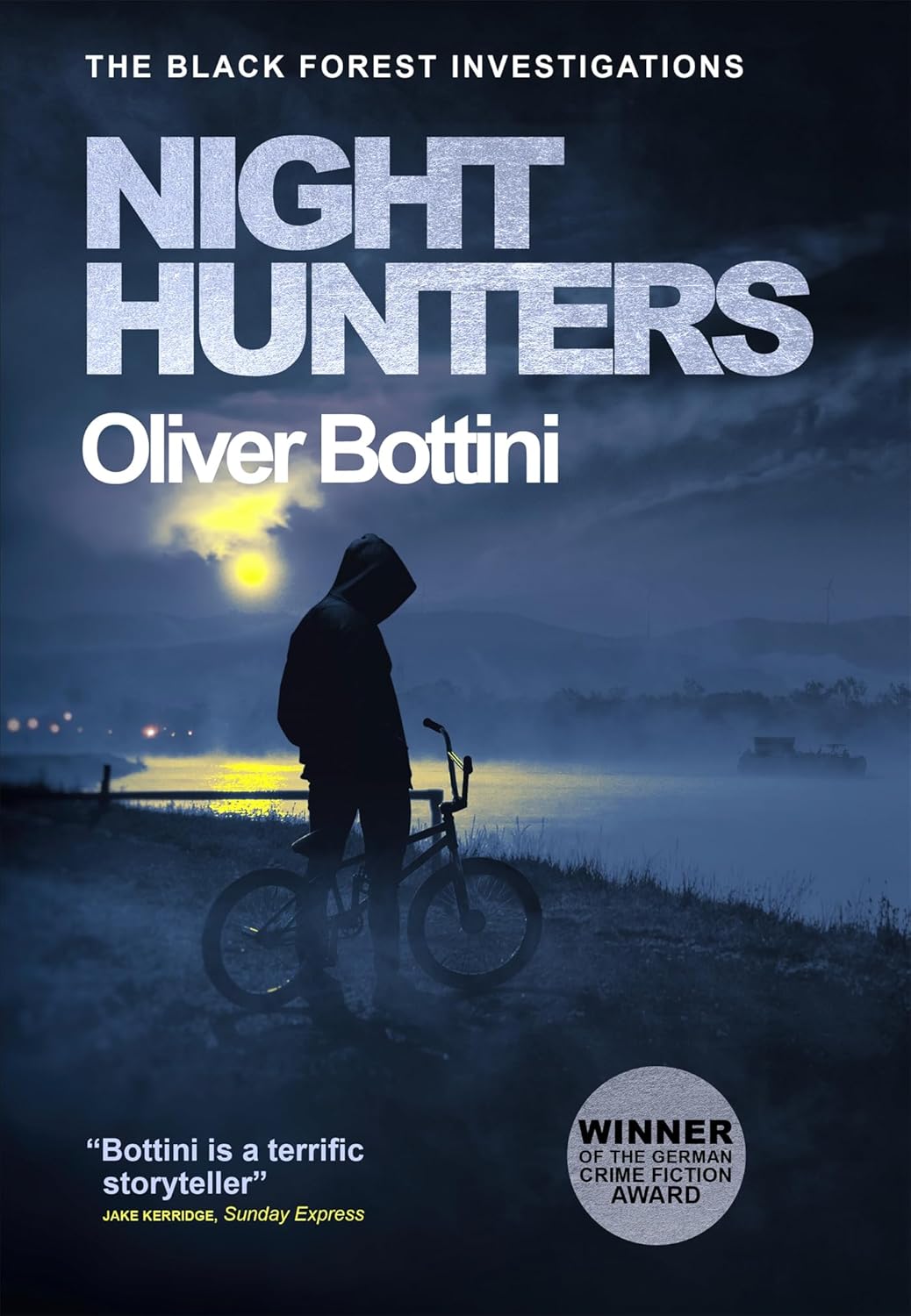
Night Hunters

Rory Clements
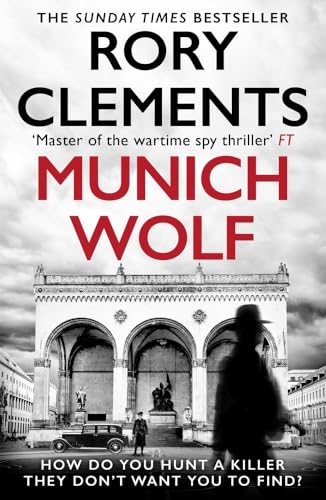
Munich Wolf

John A. Connell
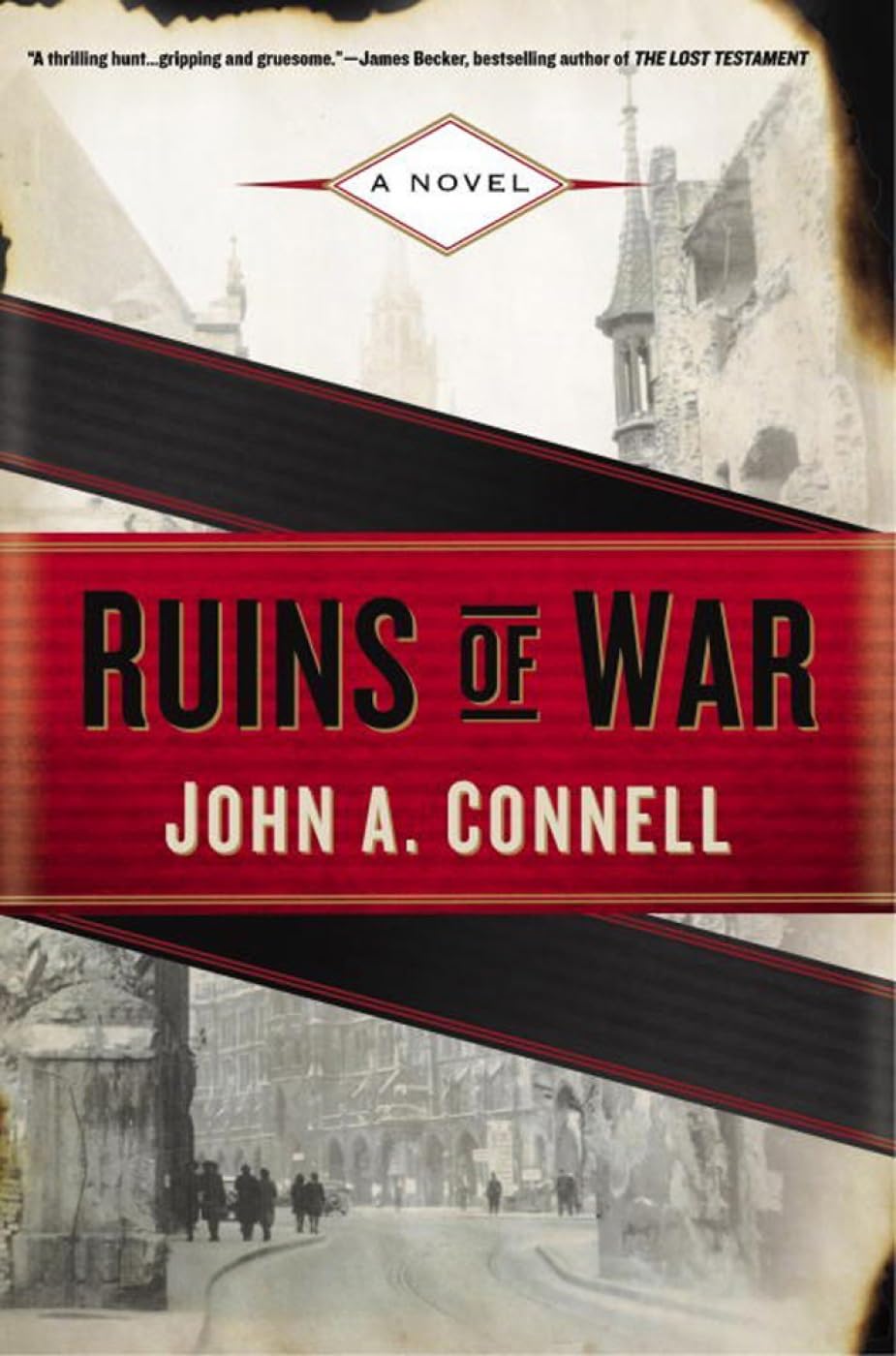
Ruins of War

Juan Gómez-Jurado
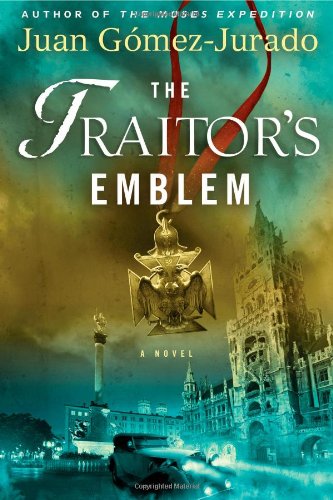
The Traitor’s Emblem

Oskar Maria Graf
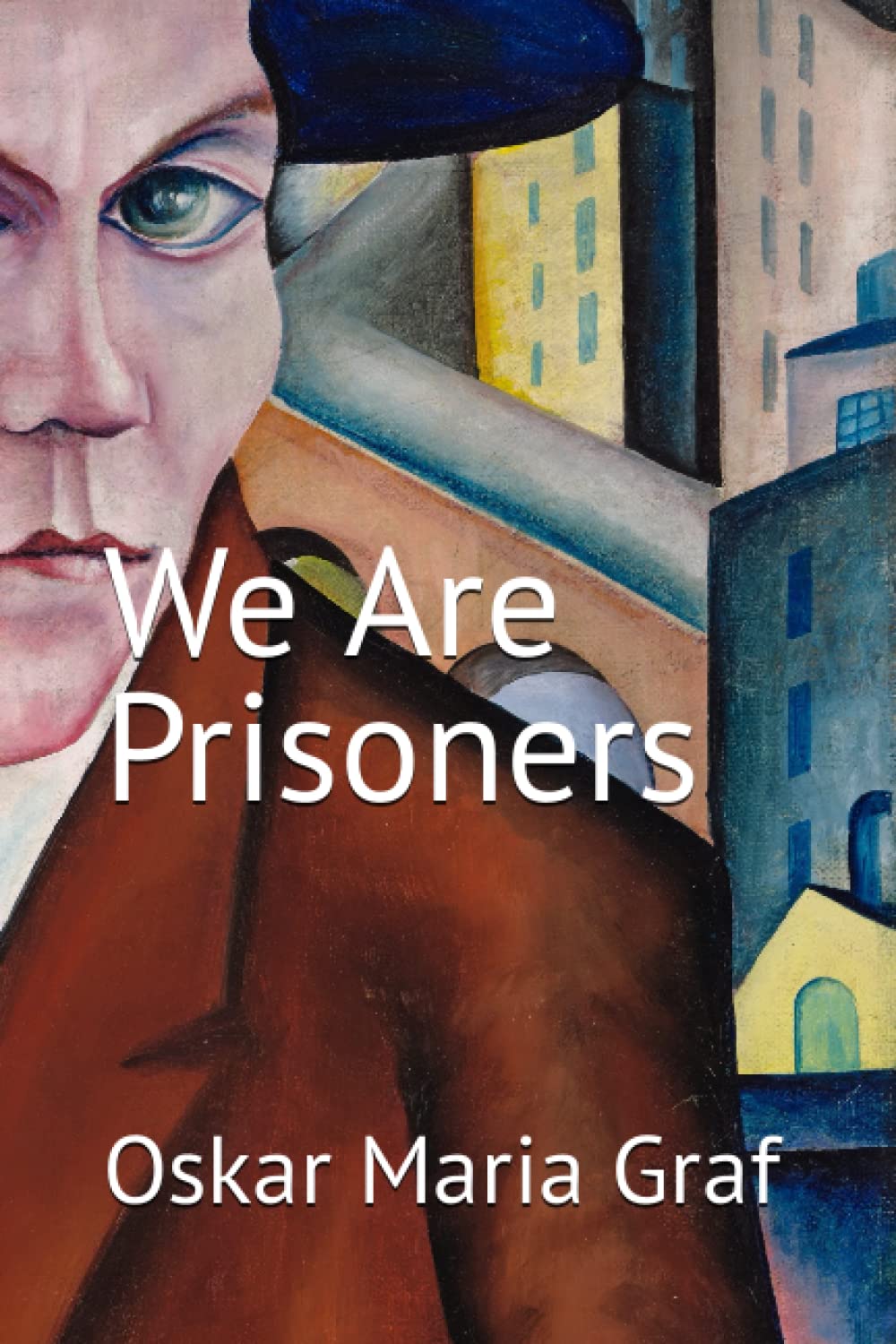
We Are Prisoners / Wir sind Gefangene

Kirk Haggerty
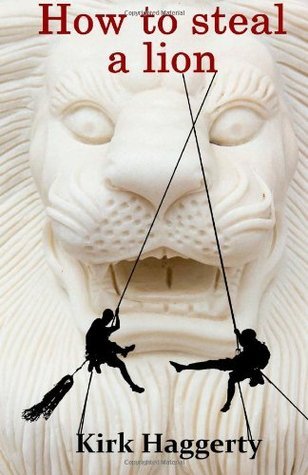
How to Steal a Lion

Faye Kellermann
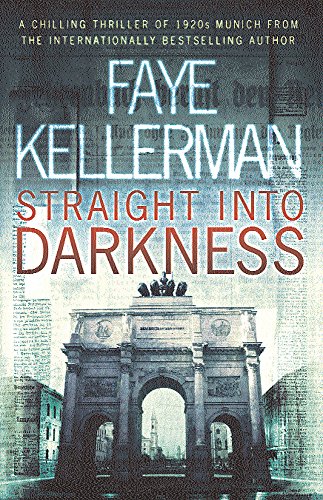
Straight into Darkness

Philip Kerr
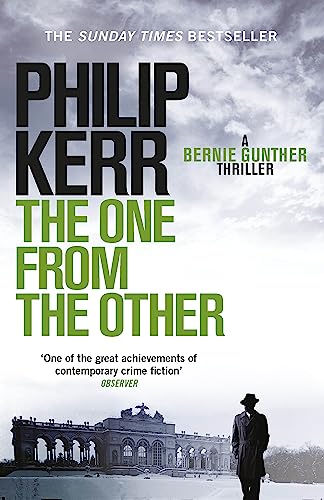
The One From the Other

Hans Hellmut Kirst
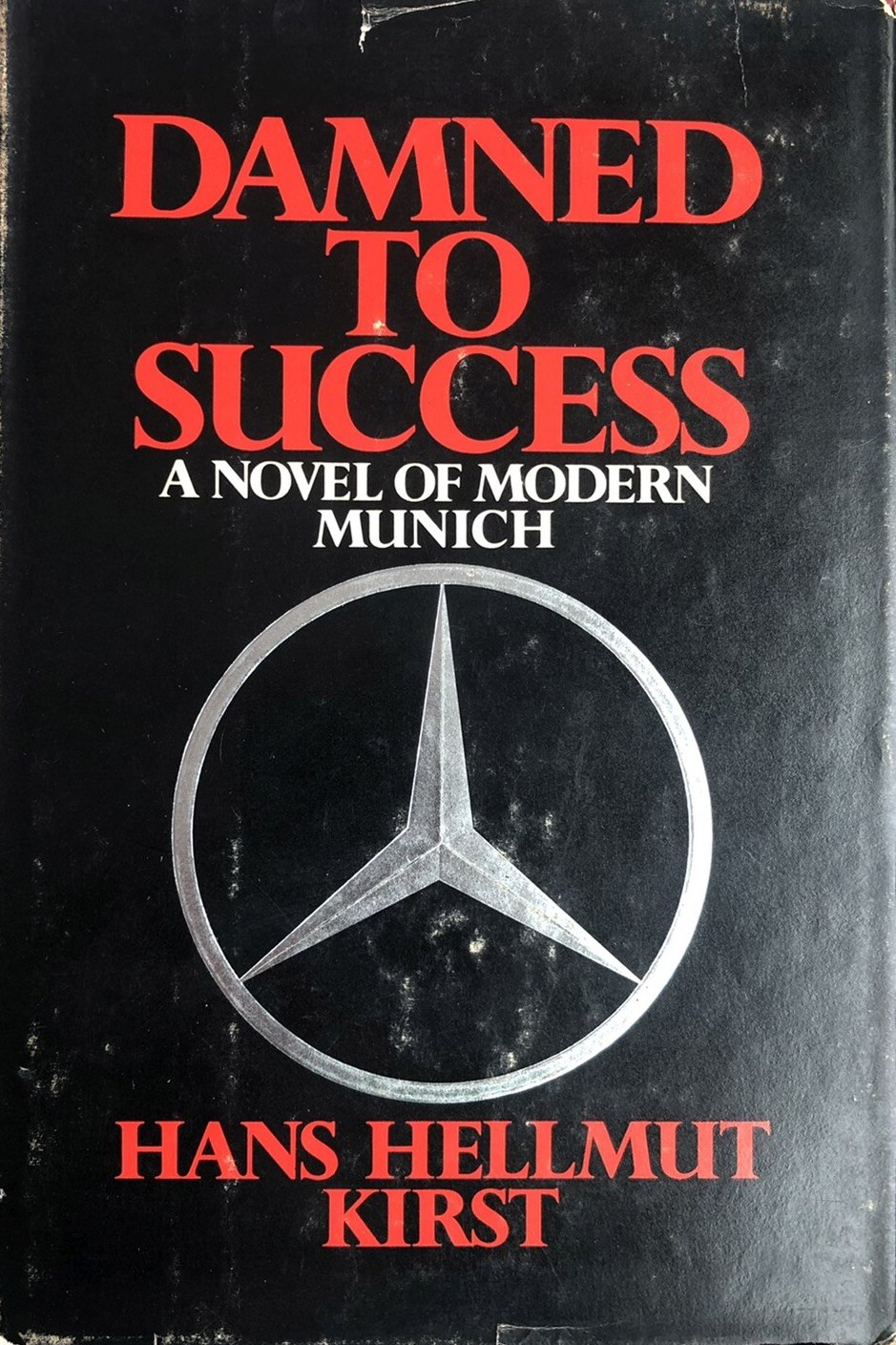
Damned to Success

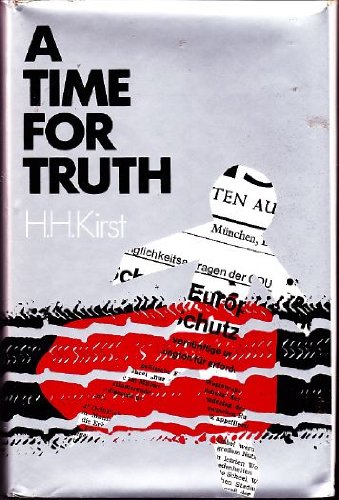
A Time for Truth


Everything has a Price

Max Landorff
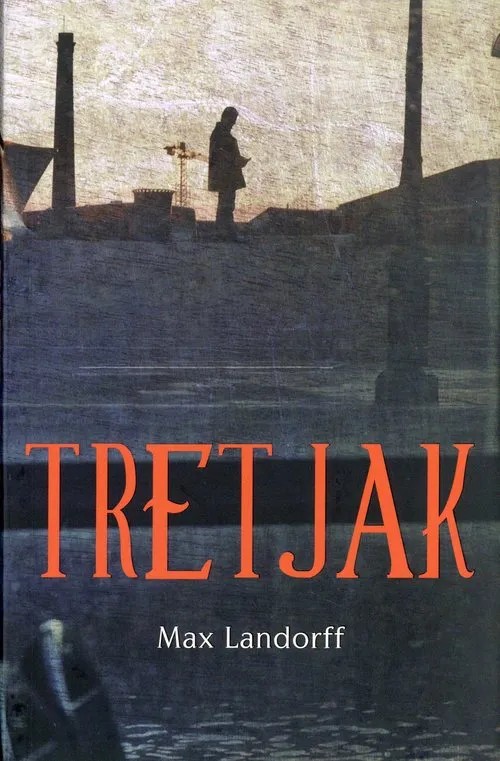
Tretjak / The Fixer

Jeanne Moran
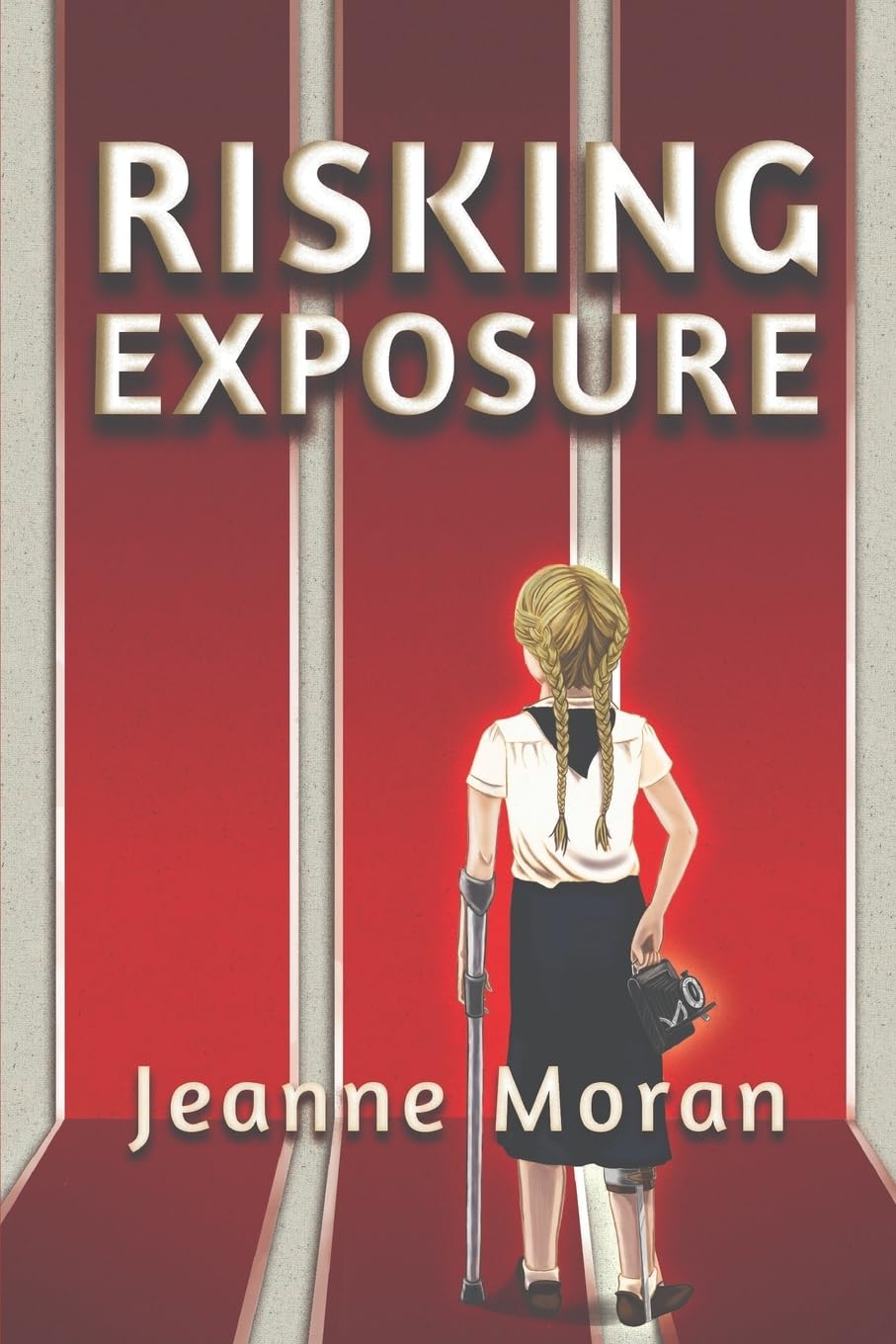
Risking Exposure

Suzanne Nelson
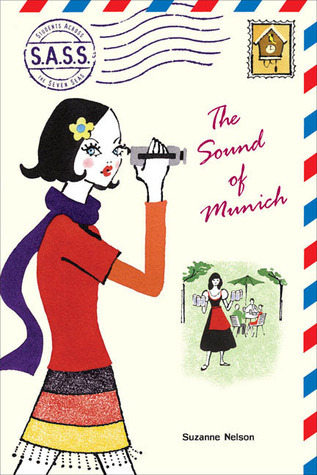
The Sound of Munich

Jacqueline Winspear

Journey to Munich

This project is growing steadily, starting with curated reading lists and gradually expanding to include literary locations in each featured city.
The long-term goal is to read the books, visit the locations they evoke, and share reviews alongside photos and insights. At the moment, it’s a solo effort built around full-time work — so updates may take time.
If you have suggestions to contribute, or would like to share a review based on how well a book helped you explore a place through literature, feel free to get in touch here.
Munich Bookish place to visit
Die Schwarze Liste / The Blacklist
Königsplatz, 80333
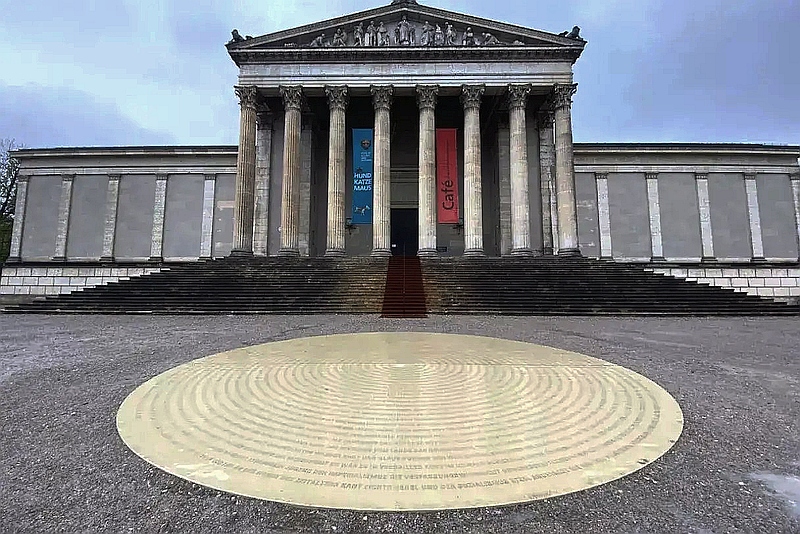
In the very plaza where Munich’s student‑led bonfires consumed so‑called “un‑German” books, Arnold Dreyblatt’s Die Schwarze Liste / The Blacklist now lies embedded in the pavement. Unveiled on May 6, 2021, the circular monument recalls the Nazi‑orchestrated book burnings of May 6 and 10, 1933, when the Deutsche Studentenschaft hurled hundreds of titles—ranging from philosophy and political critique to children’s stories—onto the flames in a public ritual of censorship.
Commissioned by the Munich City Council in 2016 and chosen from a 2018 design competition, Dreyblatt’s work repurposes the very blacklist compiled that spring by librarian Wolfgang Herrmann, which guided the campaign to purge libraries across Germany. Rather than isolating names, the artist engraved the final pre‑1933 publications of 310 authors into two concentric concrete plates, eight meters in diameter, set flush with the ground before the Staatliche Antikensammlungen. Over 9,600 characters spiral outward without punctuation, the words running into one another like the curling smoke captured in period photographs.
Viewed in full, the monument celebrates the intellectual ferment of the Weimar Republic—its modernist literary, scientific, and social explorations—rather than fixating on the destruction itself. By placing the spiral at the feet of today’s pedestrians, Dreyblatt invites confrontation with Munich’s dark past and rekindles curiosity for the silenced voices the Nazis sought to erase.
Key Books About Munich on the Blacklist
The full list can be viewed on the Munich Documentation Center’s website. It includes Lion Feuchtwanger’s Wartesaal‑Trilogie (Waiting‑Room Trilogy), one of the most celebrated books about Munich’s exile communities, and Erich Kästner’s satirical poem Die Ballade vom Nachahmungstrieb (Ballad of the Imitation Instinct), a work that—like many novels set in Munich—was silenced under Nazi rule. Thomas Mann’s political essay Von deutscher Republik (Of the German Republic), penned in his Herzogpark villa, reflects the fragile democracy he chronicled from within Munich’s elite salons. Beyond the city’s borders, Alfred Döblin’s modernist masterpiece Berlin Alexanderplatz and Ernest Hemingway’s In einem anderen Land (In Another Country) illustrate the municipal appetite for cosmopolitan modernism—an intellectual vibrancy the Nazis sought to extinguish.
Literaturhaus München
Salvatorplatz 1, 80333
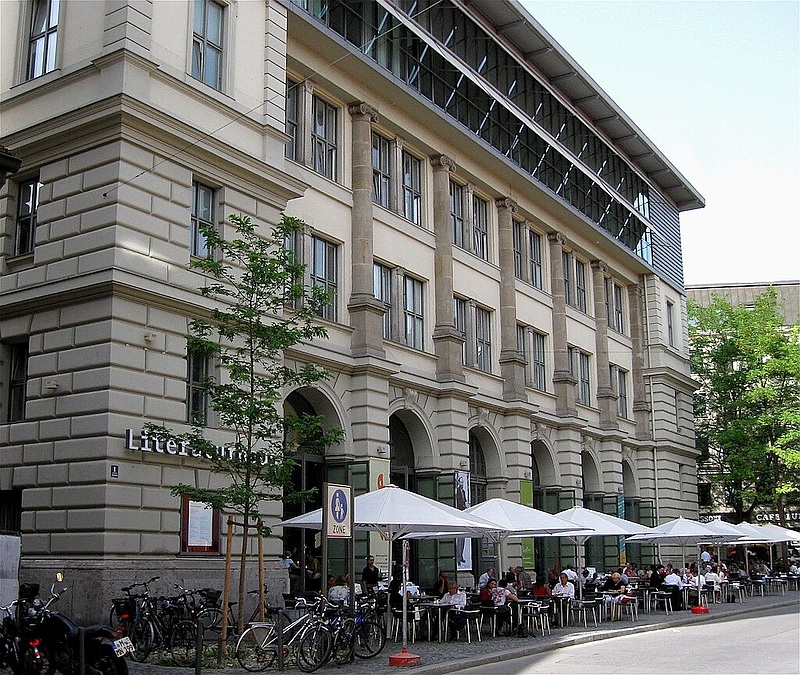
Visit Literaturhaus Munich and you’ll find yourself in one of the city’s most vibrant literary spaces. Nestled on Salvatorplatz amid Munich’s Old Town bustle, the Literaturhaus feels more like a living museum than a mere event space. Beyond the crackle of espresso machines and shelves of new releases, two “literary gods” of the house preside over its rooms: Oskar Maria Graf and Thomas Mann.

Step into the Brasserie OskarMaria, and you’ll encounter Jenny Holzer’s avant‑garde Graf‑Monument—electronic running text from Graf’s own writings that scrolls above your table, while quotes nestle into the custom Villeroy & Boch crockery, leather banquette backs, granite terrace tables and even the beer mats. It’s a playful, immersive tribute to Graf’s stubborn Bavarian spirit and his passion for mixing local color with worldly ideas. The Oskar Maria Graf-Gesellschaft München e.V., headquartered here, keeps that flame alive with exhibitions and readings throughout the year.
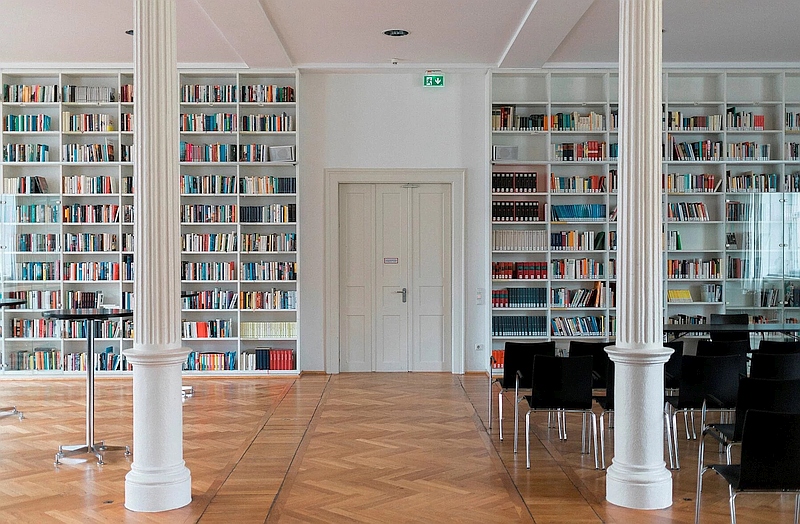
Ascend to the third floor and you’ll meet the Literaturhaus’s most endearing resident: the Brown Bear of the Mann family. This plush-eyed mascot once greeted guests at Thomas Mann’s childhood home and even inspired a cameo in Buddenbrooks. Here, it stands on permanent loan, a comforting witness to the many Thomas Mann exhibitions and commemorative events held in the house—after all, Mann lived and wrote in Munich for nearly four decades, and many of his greatest works took shape within city walls.
Throughout its airy galleries and cozy nooks, the Literaturhaus hosts around 220 events a year—from polished “water‑glass readings” with star authors to the boisterous Debutant Mix, where new voices, live music, and fine wines mingle. Panel debates, film‑and‑comics nights, and the “Tonsatz” series (where Munich’s symphony soloists riff on authors’ texts) ensure that literature here is never just words on a page—it’s a living, breathing conversation. Literaturhaus Munich is a must for book lovers.
Monacensia
Hildebrandhaus, Maria-Theresia-Straße 23, 80802
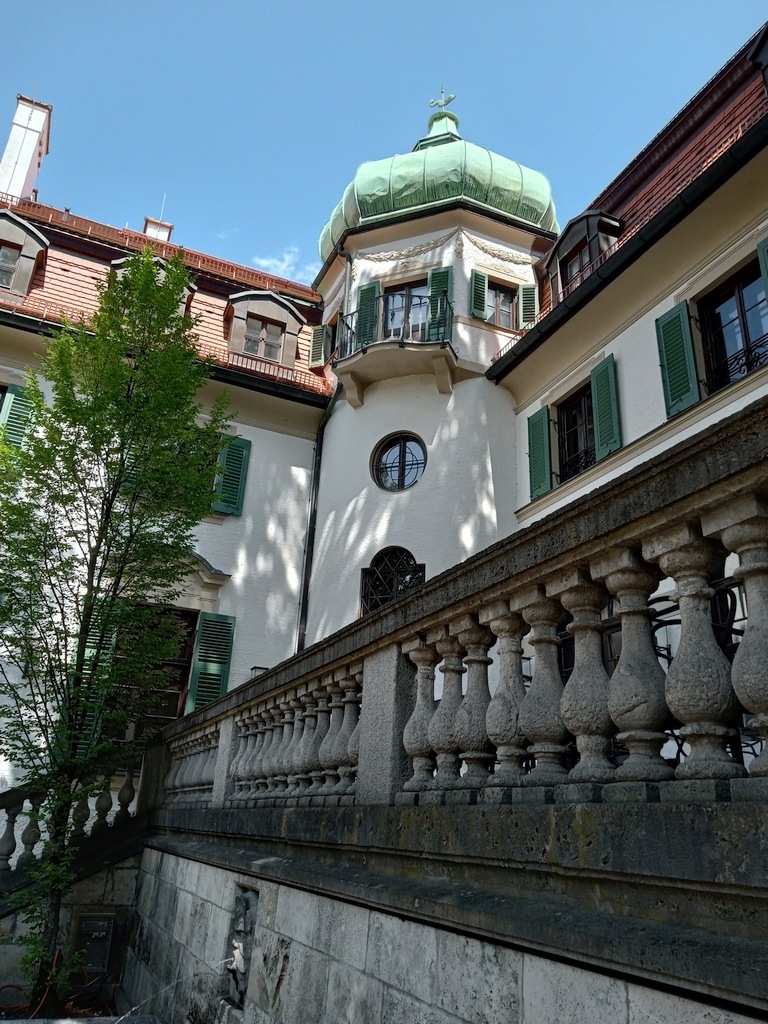

Juliet Statue
Marienplatz 15, 80331
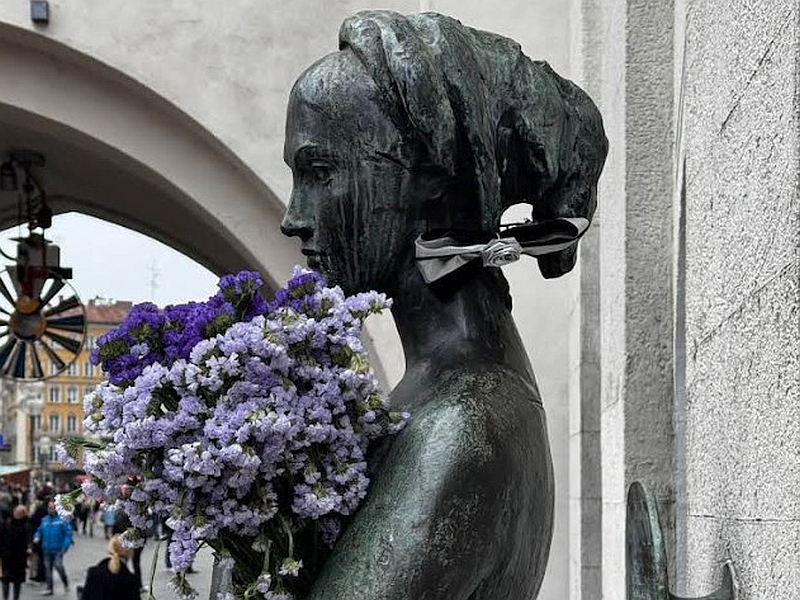
On the south side of Munich’s Old Town Hall (Altes Rathaus) at Marienplatz is a bronze statue of “Julia” (Juliet), Shakespeare’s tragic heroine. This Munich Juliet (by sculptor Nereo Costantini) was donated by Verona in 1974 as a gift commemorating the city’s cultural links. It recreates Juliet on her famous balcony, looking wistful. Although the work is Italian, it has become a literary landmark in Munich’s center – visitors leave flowers in her hand in hopeful homage. In an otherwise medieval square, the Juliet statue is a direct nod to the universal story of “Romeo und Julia,” bringing international literature into Munich’s historic Old Town.
Rainer Maria Rilke Plaque
Ainmillerstraße 34, 80802
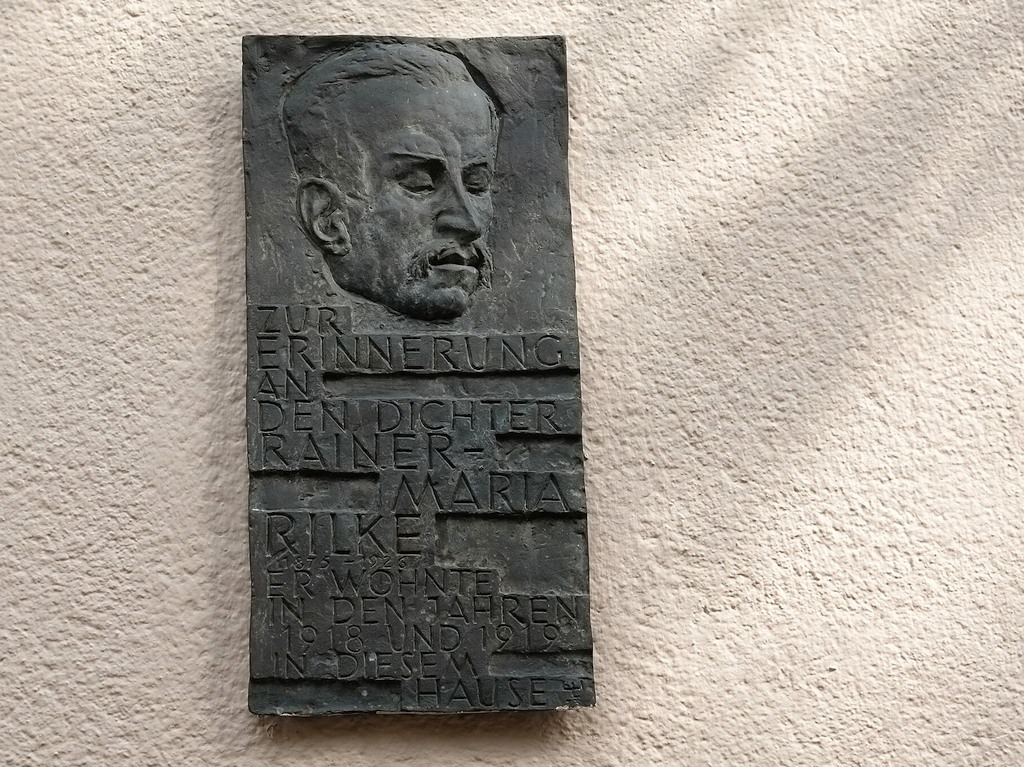
In Munich’s Schwabing district, a small brass plaque on Ainmillerstraße 34 quietly notes that poet Rainer Maria Rilke lived here for a short time in 1918–1919. It simply says (in German): “In memory of the poet Rainer Maria Rilke. He lived in this house in the years 1918 and 1919.” Rilke spent a few of his early years in Munich, a city that clearly left its mark—this is where he first pursued Lou Andreas-Salomé back in 1897, and where, later, he wrestled with thoughts of war and creativity.
Thomas Mann’s Munich Villa
Thomas-Mann-Allee 10, 81679

If you take a 20 minute scenic stroll north along the River Isar from Monacensia you will find the site of Thomas Mann’s villa in the Herzogpark quarter. Nobel laureate Thomas Mann (1875–1955) lived here from 1914 until the 1930s. He and his family built the mansion in 1914 on the street now named Thomas-Mann-Allee. Though the original villa was heavily damaged in WWII, an identical replica was later erected on the same plot according to Mann’s plans . While Mann’s novels (like Buddenbrooks or The Magic Mountain) are not set in Munich, his long residence here linked him to the city’s literary scene. Mann’s brothers Ernst and Heinrich, and daughter Erika, were also writers, and Monacensia also holds much of the Mann family archive.
